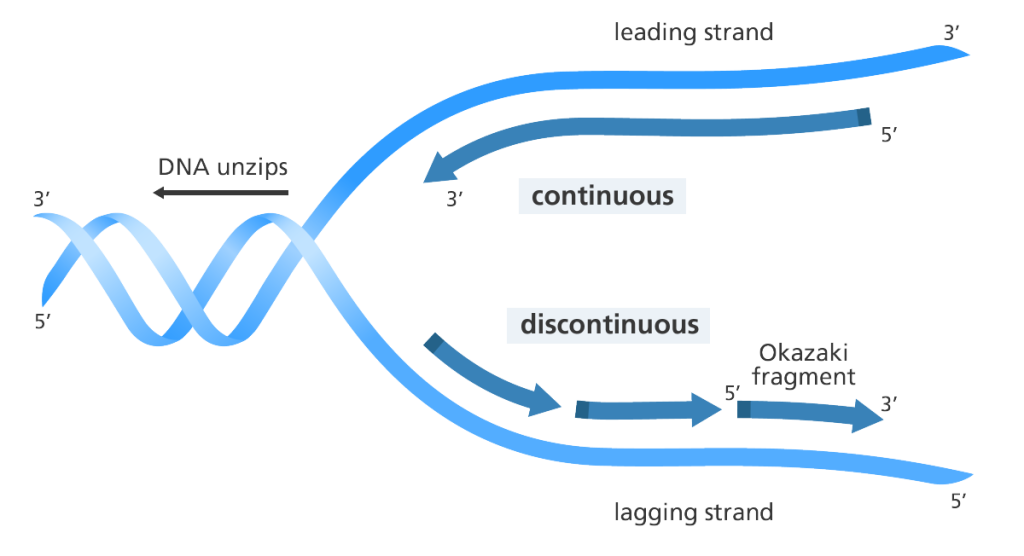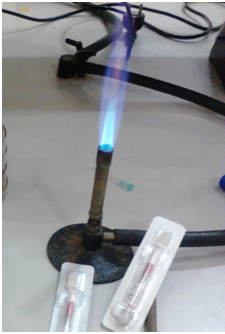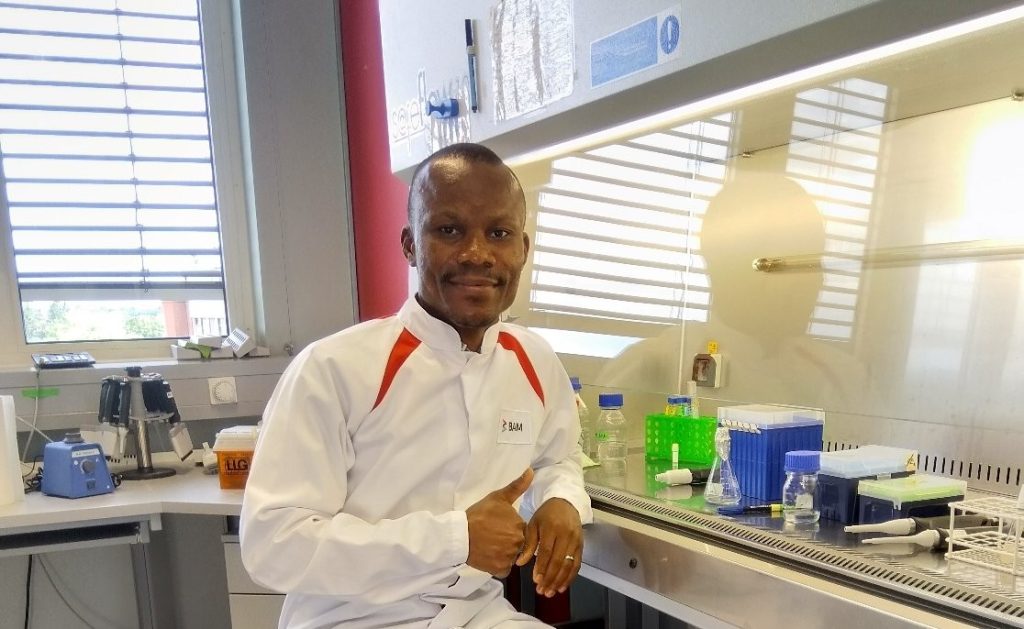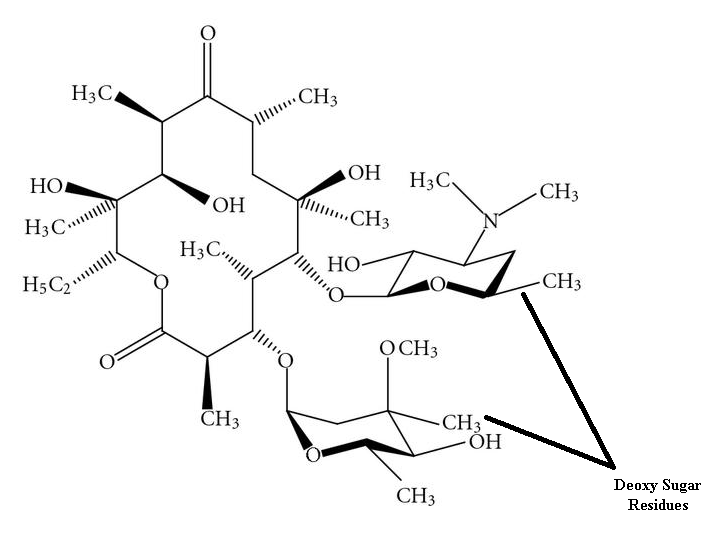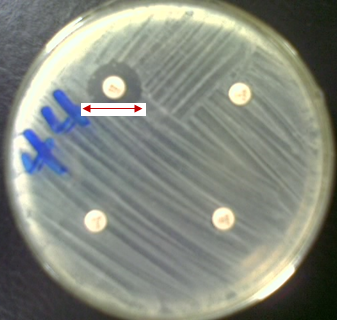ECONOMIC IMPORTANCE OF VIRUSES
Though they are known to cause plethora of infectious diseases in man, plants and animals; viruses are very useful tools that can be exploited to the benefit of mankind. References Acheson N.H (2011). Fundamentals of Molecular Virology. Second edition. John Wiley and Sons Limited, West Sussex, United Kingdom. Alan J. Cann (2005). Principles of Molecular […]
ECONOMIC IMPORTANCE OF VIRUSES Read More »
Virology


